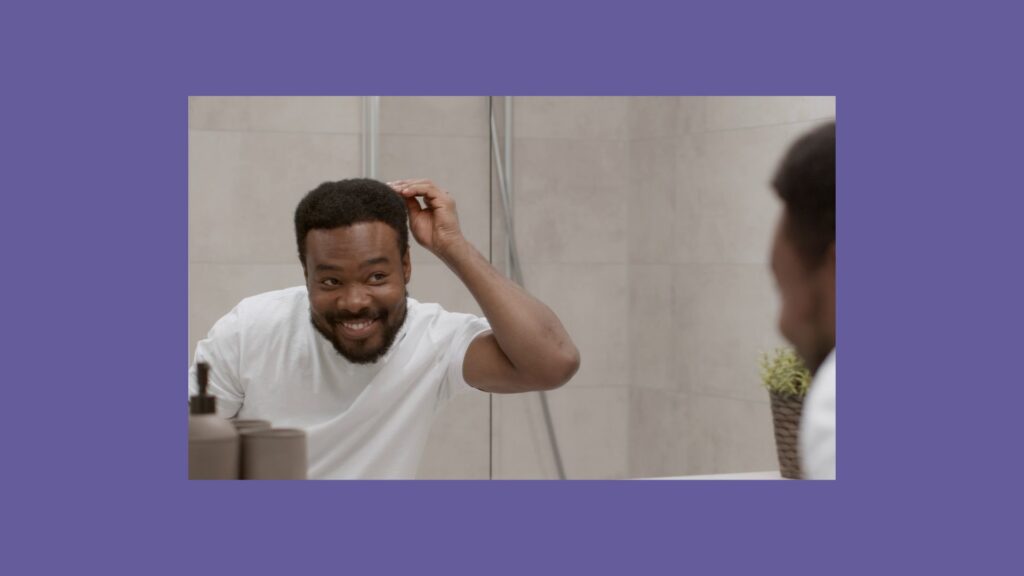Making the decision to have hair transplant surgery can be one of the most exciting experiences of a person’s life, offering a golden opportunity to regain a full and healthy head of hair. While robotic hair transplants are an effective and relatively low-downtime procedure, proper post-operative care is crucial for optimal results.
Understanding the Recovery Timeline
It’s important to note that hair transplants don’t provide instant results – patients must wait months, sometimes up to a year, to see optimal benefits. During this time, following proper care instructions is essential to ensure successful healing and prevent complications.
Managing Common Side Effects
Swelling is the most common side effect following a hair transplant. To minimize swelling:
- Apply ice to the forehead
- Take frequent breaks and relax
- Drink plenty of cold water
- Keep your head elevated
The Importance of Proper Sleep Position
During the first week of recovery, sleeping in an upright position is crucial. This can be achieved by: • Using a comfortable armchair or recliner • Propping up multiple pillows in bed • Avoiding sleeping on your side
Activities to Avoid After a Hair Transplant
Several activities should be avoided during the recovery period:
- Swimming and Water Activities: Avoid swimming pools, saunas, and steam rooms for at least one month post-procedure, as chlorine and other chemicals can cause complications.
- Sun Exposure: Stay out of direct sunlight, especially during the first three months. Use umbrellas or appropriate head covering when outdoors.
- Physical Activity: Skip strenuous exercise for the first few weeks, including: • Weight lifting • Cycling • Yoga • Jogging
- Alcohol and Smoking: These activities can interrupt blood flow and affect recovery. Your doctor may recommend avoiding them for about a month.
Proper Hair Care During Transplant Recovery
Follow these instructions in order to have a successful hair transplant recovery:
- Wait at least two days before washing your hair unless otherwise advised
- Use lukewarm water and prescribed shampoo products
- Avoid high-pressure water; use a bucket for rinsing
- Don’t touch or pick at scabs
- Be gentle when applying pressure to any bleeding areas
- Keep existing hair longer to help conceal the treatment area
- Take prescribed medications as directed for pain and swelling.
- Keep the area clean and free from crust and dirt.
- Avoid scratching or touching the grafts.
- Regular follow-up appointments are crucial for monitoring progress.
Have Questions? Reach Out for Expert Care
Ready to take the first step toward restoring your natural hairline? The expert team at our Palo Alto Hair Transplant clinic specializes in robotic hair transplant procedures and personalized recovery care. Contact us today to schedule your consultation and learn more about how we can help you achieve the results you desire. Don’t let hair loss hold you back – let our experienced specialists guide you through your hair restoration journey.



